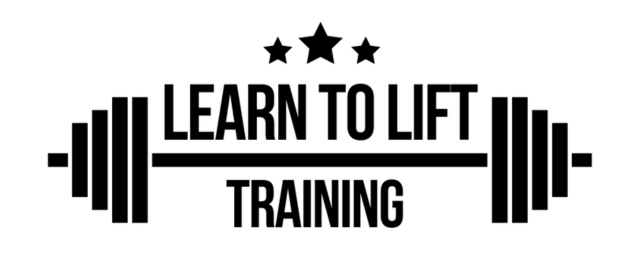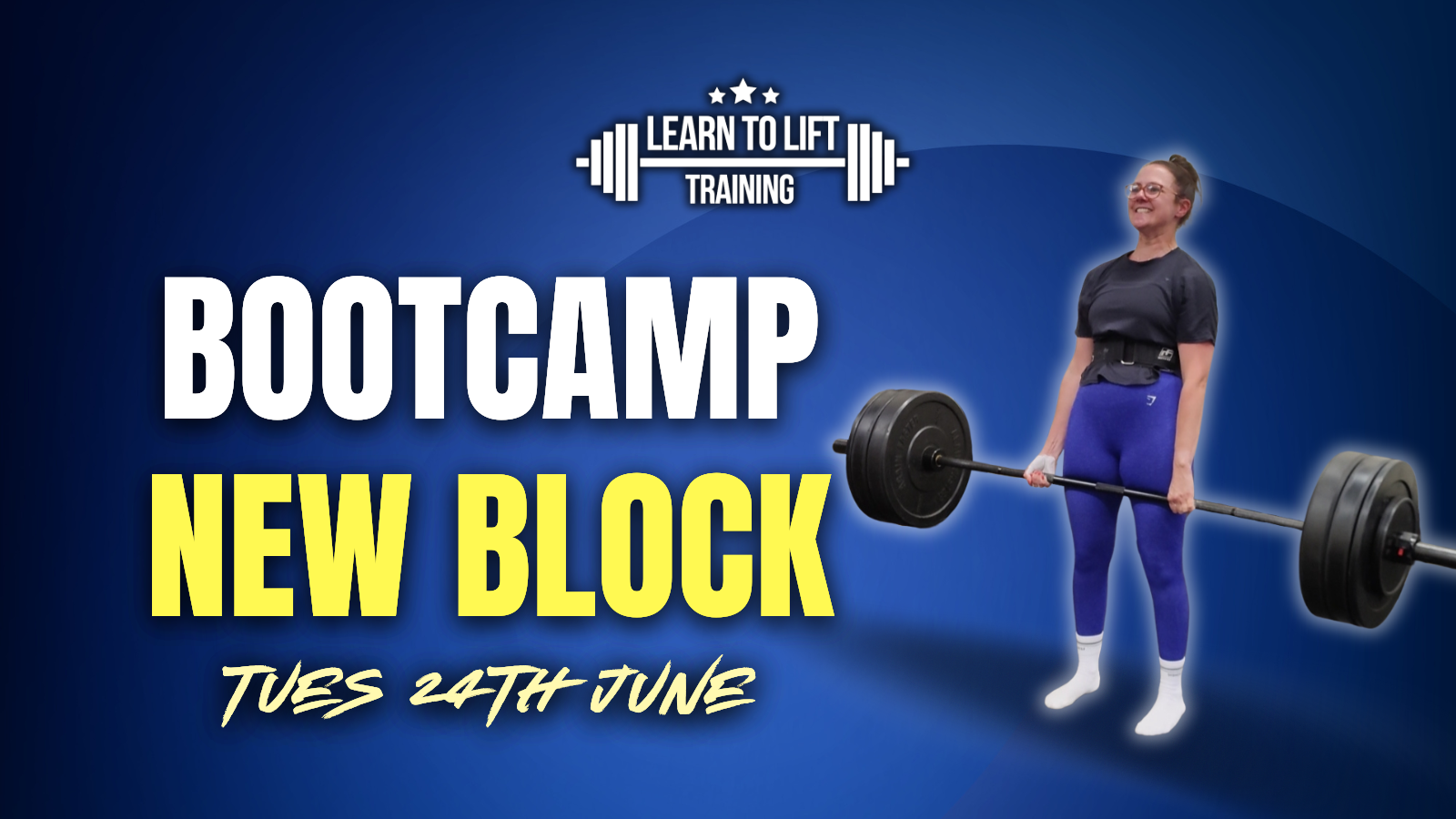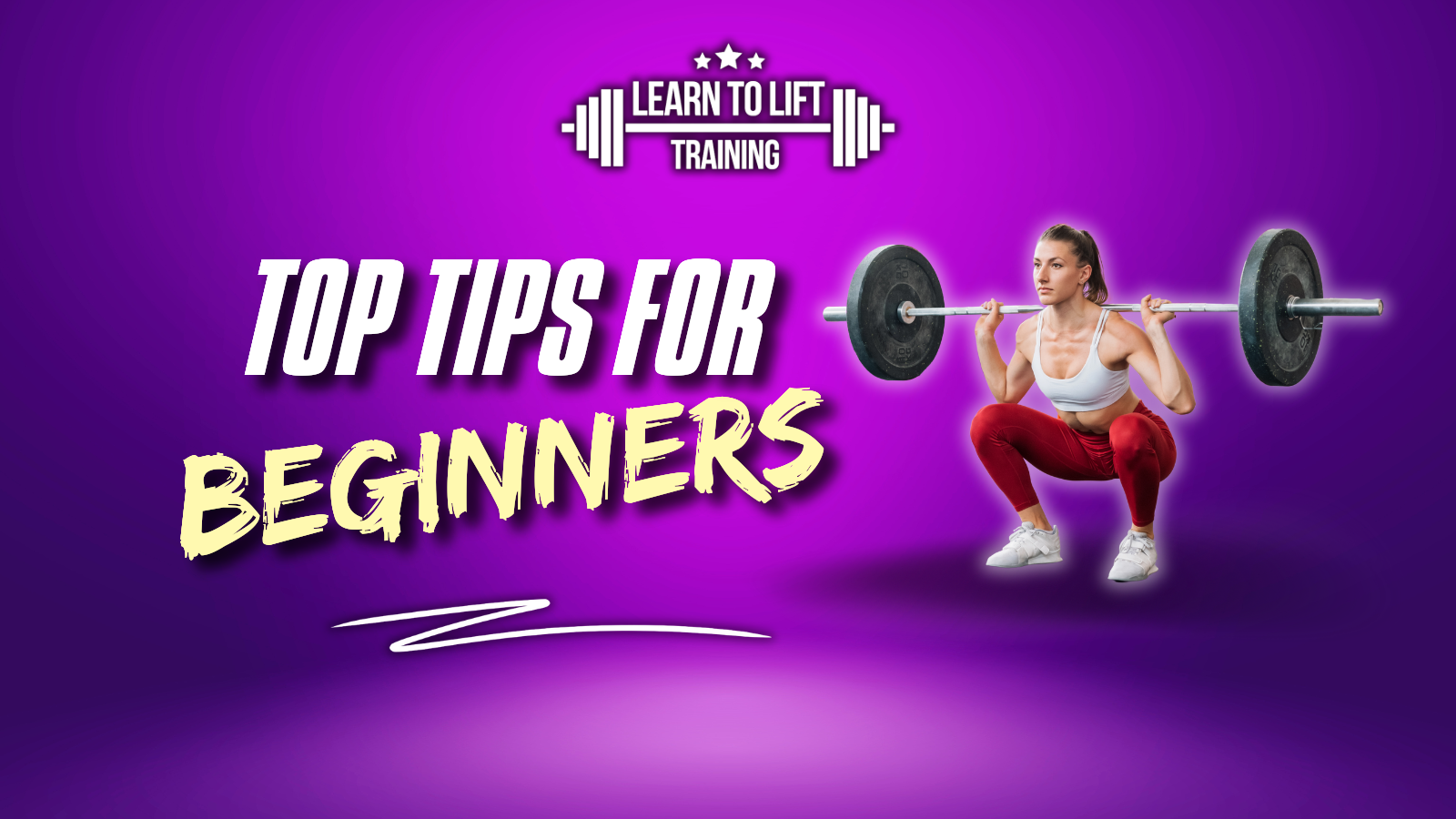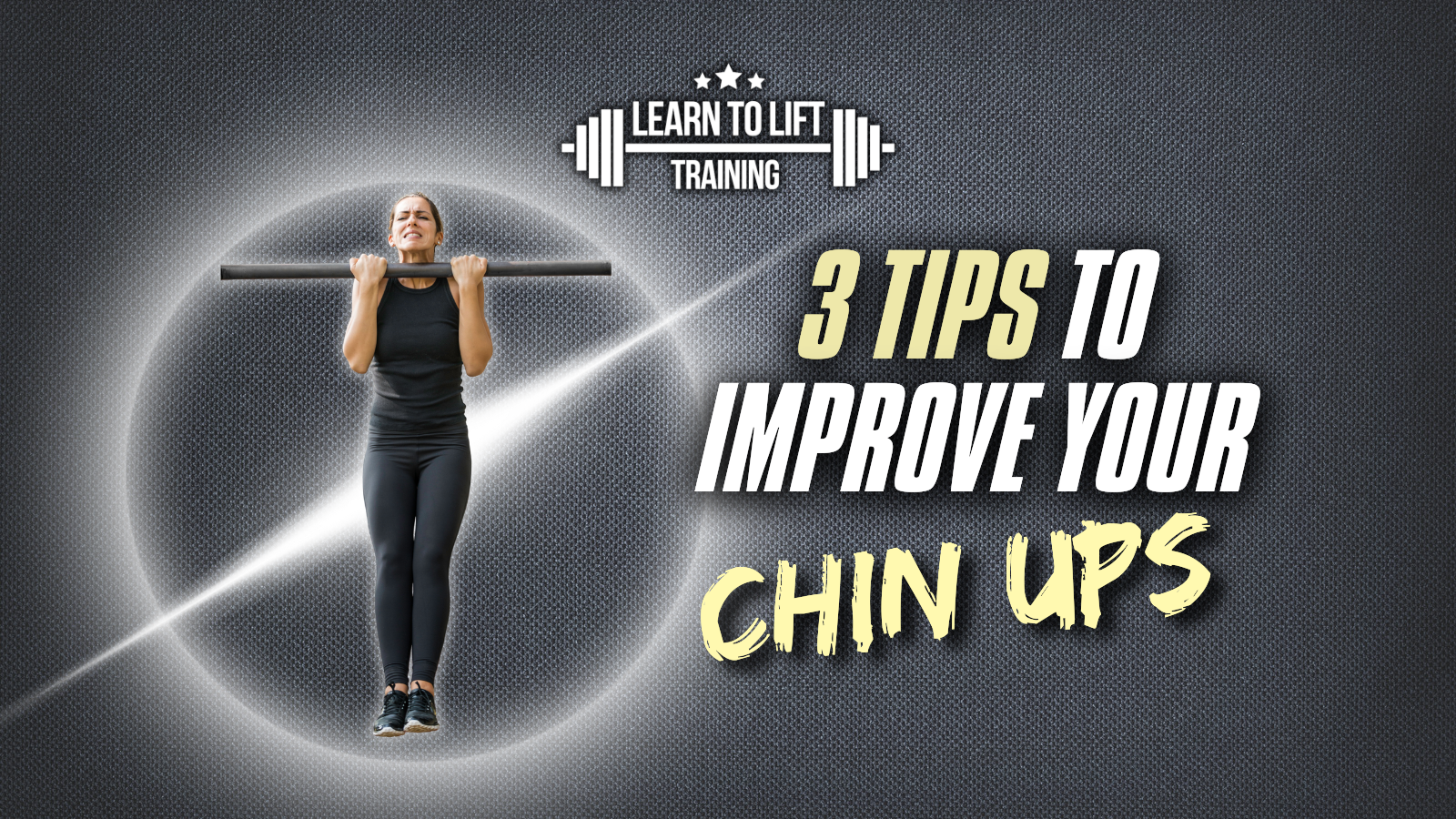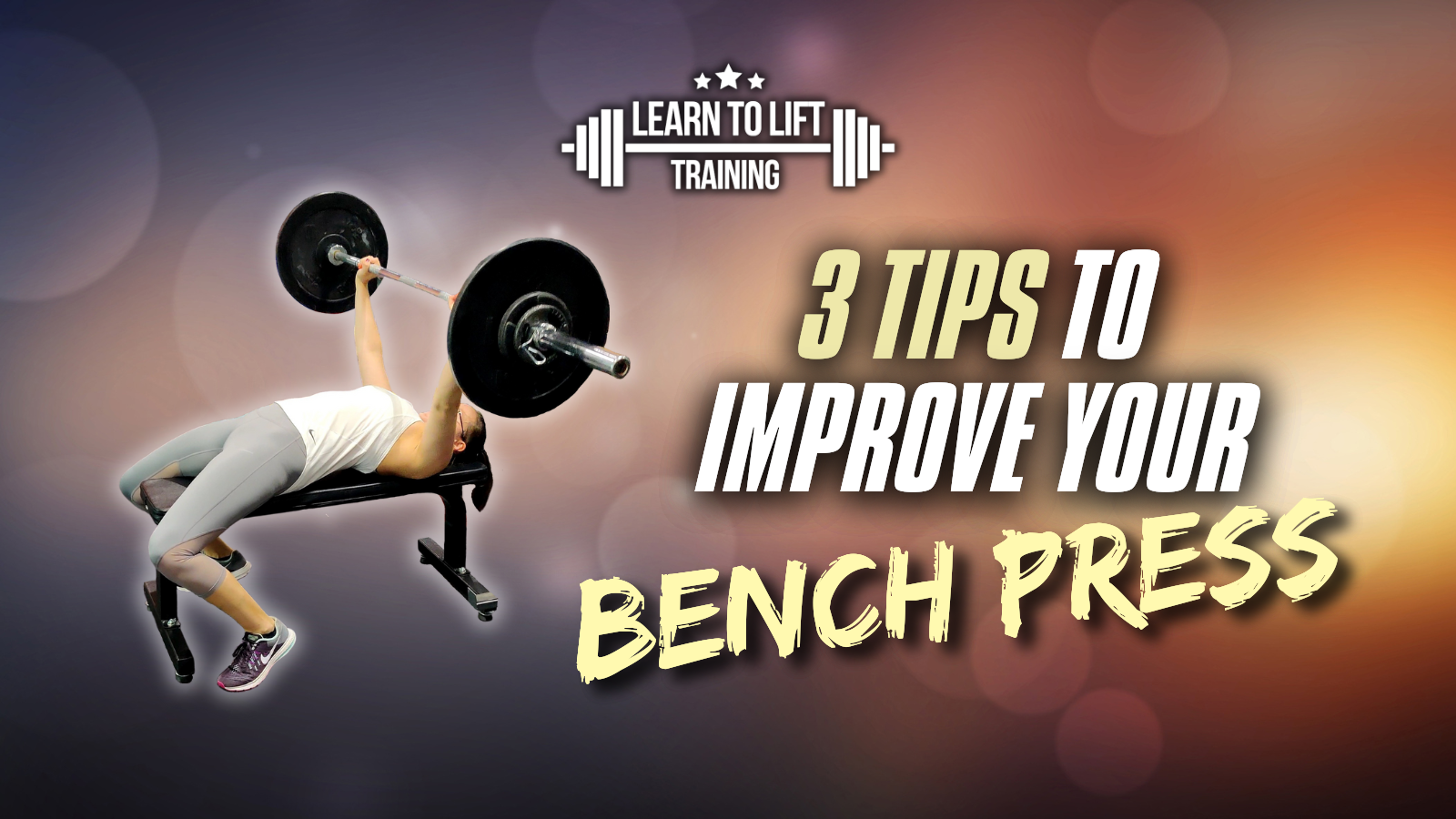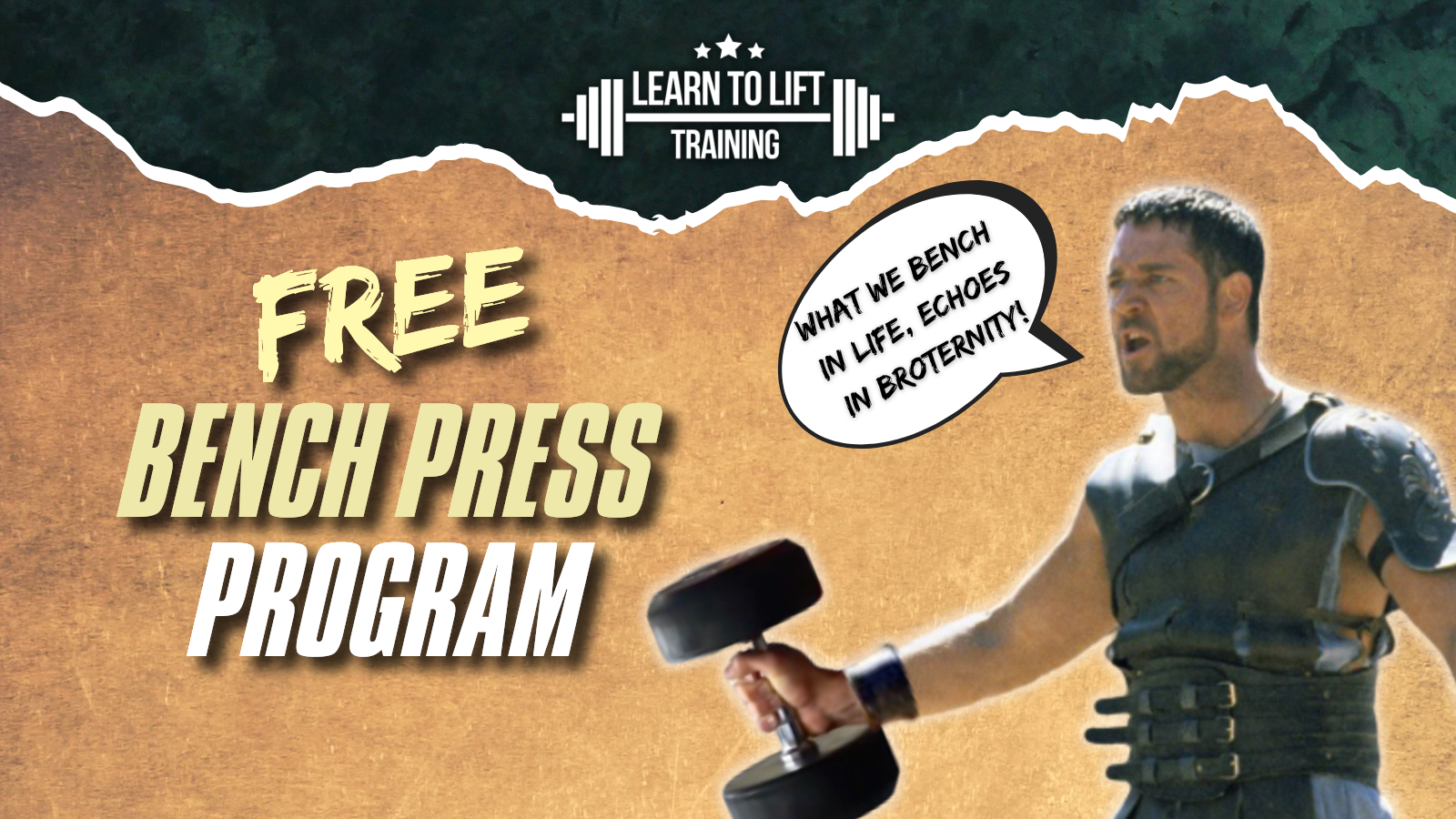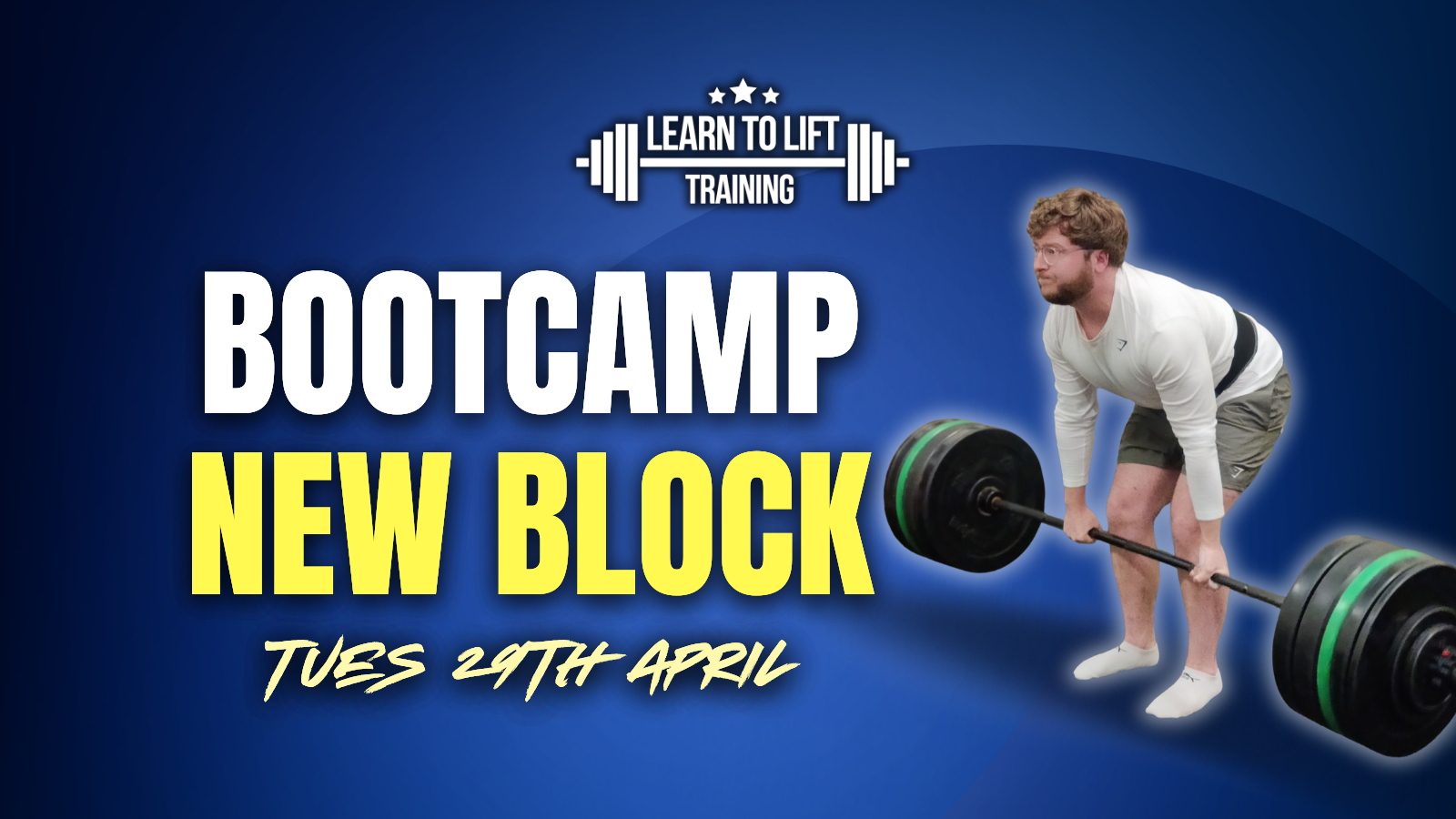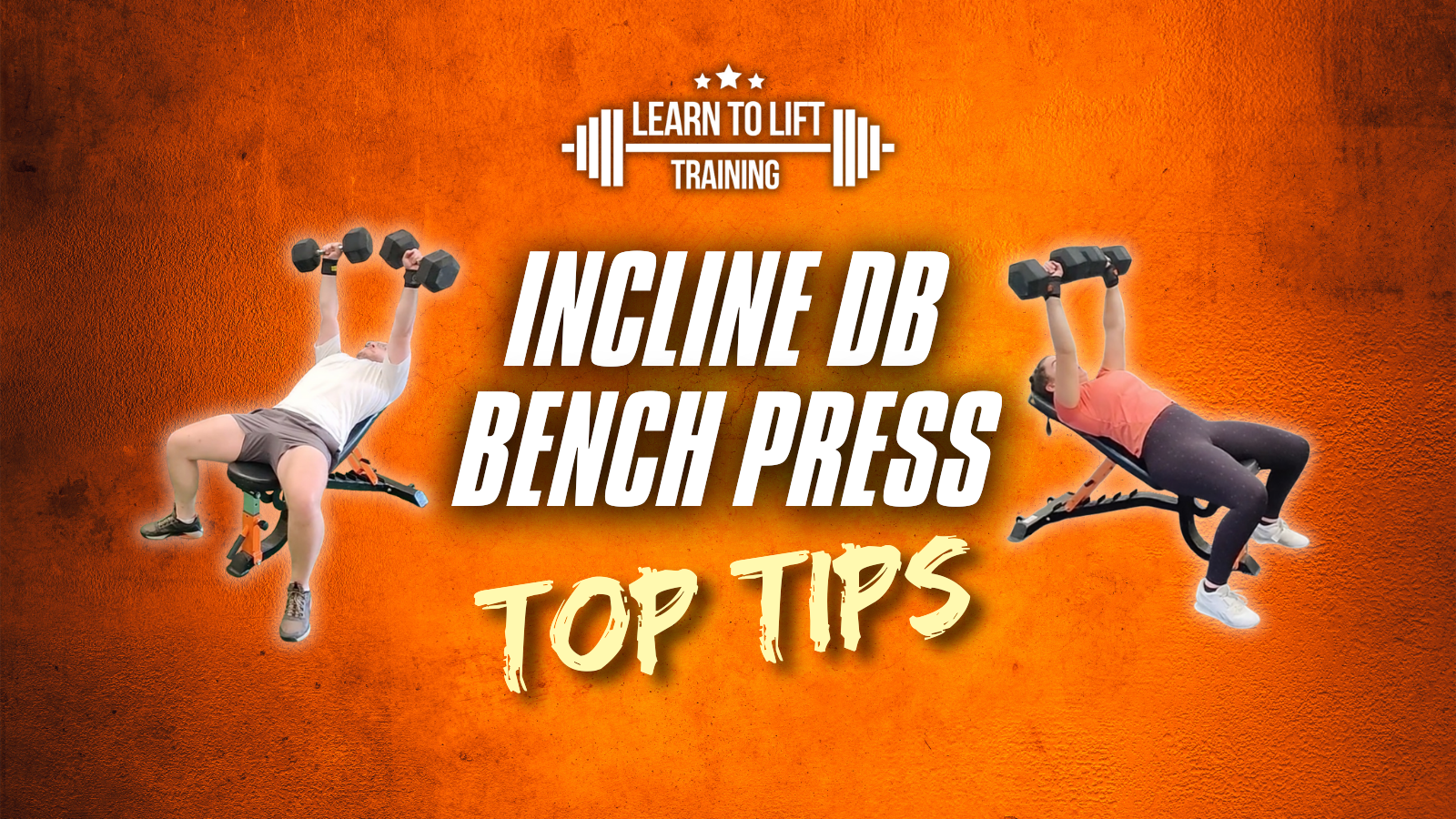Increase Your Bench Press Top Tips
Increase Your Bench Press Top Tips
In some ways the Bench Press is the iconic gym based exercise and perhaps forever associated with the cringingly common phrase "how much do you bench?".
Despite the cliche, it is an excellent upper body strength builder and a key foundation for most strength training programs.
Here's some of our top tips to help you increase your Bench Press!
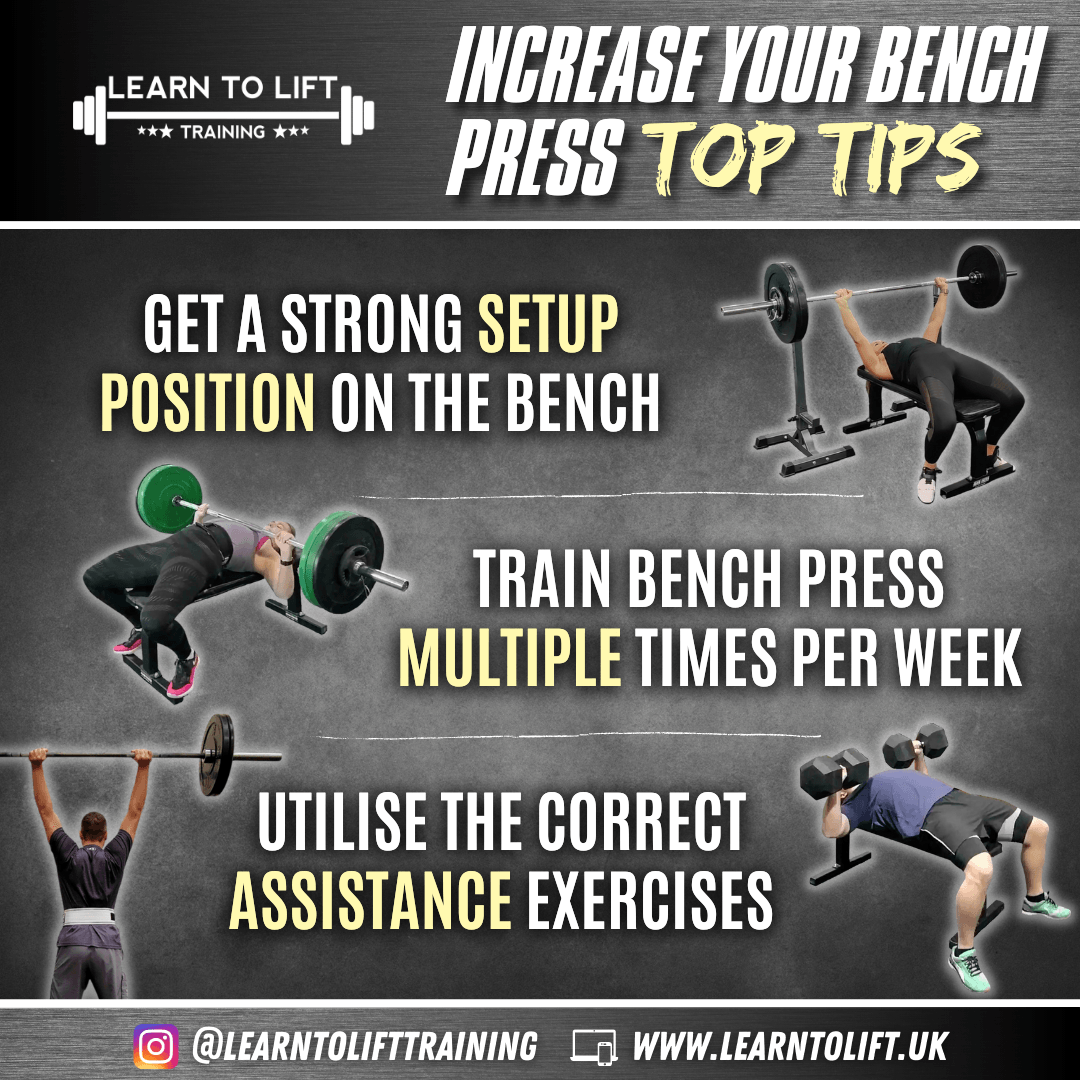
1. Get A Strong Setup Position on The Bench
Like any lift, success on the Bench Press all begins with your technique and a key part of this is your setup on the Bench. Your ability to transfer force into the bar and lift at your best is dependant upon being in a tight and stable position.
Here's some of the key pointers to creating this position:
- Squeeze your shoulders back and down and dig them firmly into the bench.
- Pull your hips back to reduce the distance between them and your shoulders.
- Pull you feet back and drive them firmly into the ground (either go onto the balls of your feet or keep your feet flat and drive into your heels).
- Keep your head back on the bench.
By following these steps you will create an arched position on the bench, create a lot of tightness through your body and create tension with the ground. Imagine someone was to walk up to your side whilst you were setup on the bench, if they were to nudge you the goal would be that you are so tight on the bench you wouldn't move. This is the setup position we want to create to maximise what you can lift.
2. Train Bench Press Multiple Times Per Week
The Bench Press is a lift that responds particularly well to a higher frequency of training. This flies in the face of a lot of the traditional bodybuilding type information out there that typical revolves around a body part split approach and only training a muscle group once per week. In this instance the Bench Press might feature on "chest day".
However, a much better approach when training for performance, strength and even muscle building (as suggested by a lot of research these days) is a higher frequency approach. Upper/Lower or whole body routines work best for this in our opinion.
Generally speaking we recommend training the Bench Press 2 to 3 times per week utilising various intensities and variations of the movement. The specifics can vary from individual to individual and from program to program but the key point to bear in mind here is to train the lift more than once per week to increase your performance on it!
3. Utilise The Correct Assistance Exercises
The other lifts you use in your upper body training can be important in helping build your Bench Press, not only in the sense of building the prime mover muscles (chest, front delts and triceps) but also in balancing out all the pressing movements and helping you avoid imbalances and injuries.
For the purposes of discussion we'll split the assistance exercises into 3 categories:
Other Pressing Exercises
These help build the prime movers as described above and compliment the bench press movement pattern.
Some of our favourites include:
- Close Grip Bench Press
- Incline Bench Press
- Strict Overhead Press
- Push Press
- Dumbbell bench variations
- Flat DB Bench press
- Incline DB Bench Press
- Seated Dumbbell Overhead Press
Utilising these as secondary pressing movements after your main Bench Press work or as main movements on other training days can be of great benefit.
Pulling Movements
It's important to balance out all your Bench Pressing with a good amount of pulling movements. These help build the opposing muscle groups such as the lats, which play a role in helping stabilise the bar on the eccentric (downward phase) of the Bench Press.
It's often recommended to use a 1 to 1 or 2 to 1 ratio of pulling to pressing exercises in your training to avoid imbalances from all the benching and the over development of the anterior pressing muscles, internal rotation of the shoulders and potential injury this can result in.
In simple terms try to do at least as many sets of pulling movements as pressing in your training, if not double the amount.
Some of our favourite exercises in this category include:
- Chest Supported DB Rows
- Seal Rows
- Pendlay Rows
- Single Arm DB Rows
- Chin Ups
- Pull Ups
- Lat Pulldowns
Shoulder Health Exercises
The Bench Press is particularly taxing on the front delts and in a similar vain to the points made above it's important for your shoulder health to balance this out with work on your rear delts and upper back muscles.
Try to include plenty of Face Pulls, Band Pull Aparts and Rear Delt Flyes in your training to do this. We also like to include Band External Rotations for rotator cuff health.
More Useful Tips
Here's some other helpful articles we have posted that should help you visualise the optimal setup position described above and some additional tips to getting your technique just right:
3 Things You Can Do To Improve Your Bench Press
The Anatomy Of A Good Bench Press
Get Coaching on This and More
Teaching people how to master the Bench Press and other key exercises is a big part of our Glasgow Bootcamp and Personal Training in Glasgow. Drop us a message if you would like to get involved!
